Market "psychology" changes
On the last trading day of June, gold prices on the world market increased slightly, supported by a weakening USD (the Dollar Index decreased 0.23% to 97.74).
Previously, on June 28, the gold price fell nearly 2%, reaching 3,272 USD/ounce, down more than 50 USD compared to the opening price of the session. The price of gold futures for August delivery on the Comex floor fell 1.9%, closing at 3,285 USD/ounce. This is the lowest level since the end of May 2025. This decline is contrary to the strong upward trend in the previous period, when the gold price reached a historical peak of 3,500.05 USD/ounce in April 2025, thanks to the demand for safe havens in the context of geopolitical instability.
However, market sentiment has changed rapidly following recent positive developments, especially the US-China trade deal reached on June 27, reducing the attractiveness of gold.
The US-China trade deal, which gives US companies access to rare earth and magnet supplies from China, helped ease trade tensions and boosted stock indexes such as the S&P 500 and Nasdaq by 1.2% and 1.5%, respectively, on June 27. This caused investors to shift to riskier assets such as stocks, reducing demand for gold - a traditional safe haven.
The gold market has continued to be under pressure as risk sentiment has been bolstered by positive economic signals and the prospect of a Fed rate cut. Gold prices edged up slightly to $3,274 an ounce at the end of the session on June 30. However, The Economic Times noted that gold remained at its lowest level in a month as investors awaited US economic data, including the Purchasing Managers Index (PMI) and Consumer Confidence Index.
Comex gold futures trading volume fell another 5% on June 30 compared to the previous week, reflecting investor caution. Meanwhile, outflows from the SPDR Gold Shares ETF increased slightly, with a net withdrawal of 0.4% in the week ended June 30.
China continues to play a key role in supporting long-term gold prices. The People’s Bank of China bought an additional 2 tonnes of gold in May 2025, bringing its total reserves to a record high of 2,297 tonnes. The move reflects Beijing’s strategy of reducing its dependence on the US dollar, especially amid trade tensions.
However, global gold ETFs have seen a slowdown in inflows. SPDR Gold Shares saw a slight increase of 0.3% in holdings over the past week. Gold remains supported by steady physical demand from India and China. Retail gold sales in India rose 3% over the past week as prices adjusted lower. Analysts from EBC Financial Group predict that if US PMI shows a slowdown in growth, gold could recover to $3,300 an ounce. This shows a cautious investor sentiment in the short term.
Mixed views on gold price outlook
According to the Personal Consumption Expenditures (PCE) Price Index report for May, core inflation increased 0.2% month-on-month, higher than the forecast (0.1%). The annual inflation rate reached 2.7%, reinforcing the possibility that the Fed will maintain interest rates at 4.25 - 4.5% in the near future, instead of cutting in September 2025 as previously expected.
During his testimony before Congress on June 27, Fed Chairman Jerome Powell stressed that the central bank will continue to monitor inflation closely. High interest rates increase the opportunity cost of holding gold, putting strong downward pressure on prices. However, Reuters noted that traders are betting that the Fed will cut interest rates by 75 basis points in 2025, possibly starting in September, which could support gold prices, if confirmed.
Gold has broken the 50-day moving average (EMA 50) at $3,359/ounce, confirming a short-term downtrend. The current key support levels are $3,250/ounce and $3,200/ounce, while resistance is at $3,340/ounce and $3,400/ounce. According to expert James Hyerczyk from FX Empire, if gold breaks through $3,250/ounce, selling pressure may increase, pushing the price to $3,200/ounce. Conversely, if the price surpasses $3,340/ounce, technical buying pressure may help gold recover to the $3,400/ounce area.
On the geopolitical front, a fragile ceasefire between Israel and Iran reached on June 24 has eased tensions in the Middle East, reducing demand for safe haven assets such as gold and the US dollar. While the situation is still not completely stable, US President Donald Trump expressed hope for a long-term diplomatic solution with Iran, reducing the risk of escalating the conflict. However, analysts from Bloomberg warned that any sudden escalation, such as Iran closing the Strait of Hormuz, could send gold and oil prices soaring again.
Analysts have mixed views on the outlook for gold prices. According to Kitco News, expert Jim Rickards predicts that gold could reach $3,400 an ounce by the end of July 2025 if geopolitical factors return to support, such as instability in the Middle East or a weakening US economy. However, UBS Global Wealth Management warns that if the Fed continues to maintain high interest rates due to persistent inflation, gold prices could fall to $3,200 an ounce in the short term.
ANZ’s Soni Kumari said that the reduced safe-haven demand, combined with the risk-on sentiment following the US-China deal, will continue to weigh on gold prices in the coming weeks. However, gold remains supported long-term by central bank demand and global economic risks, especially as geopolitical factors could re-emerge at any time.
Source: https://baodautu.vn/nhu-cau-tru-an-giam-gia-vang-chiu-ap-luc-lon-d318696.html




![[Photo] National Assembly Chairman Tran Thanh Man holds talks with President of the Senate of the Czech Republic Milos Vystrcil](/_next/image?url=https%3A%2F%2Fvphoto.vietnam.vn%2Fthumb%2F1200x675%2Fvietnam%2Fresource%2FIMAGE%2F2025%2F11%2F21%2F1763715853195_ndo_br_bnd-6440-jpg.webp&w=3840&q=75)
![[Photo] Visit Hung Yen to admire the "wooden masterpiece" pagoda in the heart of the Northern Delta](/_next/image?url=https%3A%2F%2Fvphoto.vietnam.vn%2Fthumb%2F1200x675%2Fvietnam%2Fresource%2FIMAGE%2F2025%2F11%2F21%2F1763716446000_a1-bnd-8471-1769-jpg.webp&w=3840&q=75)


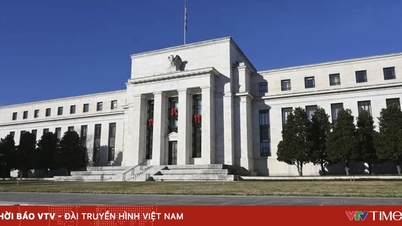


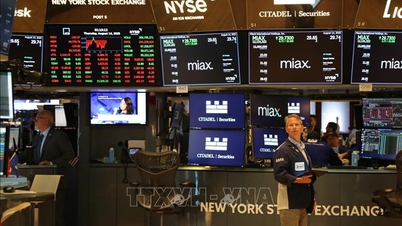

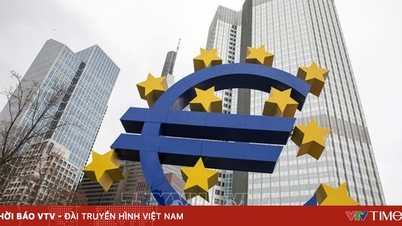

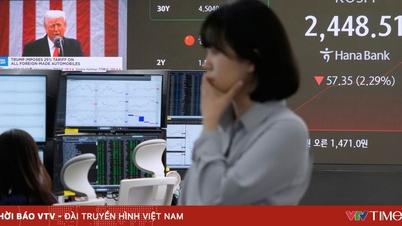


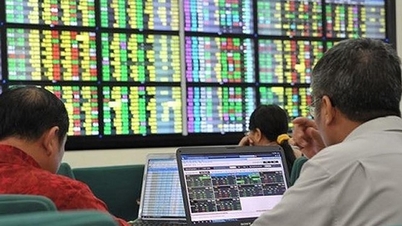











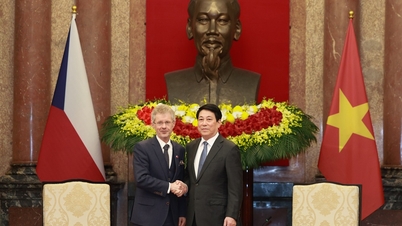

















































































Comment (0)